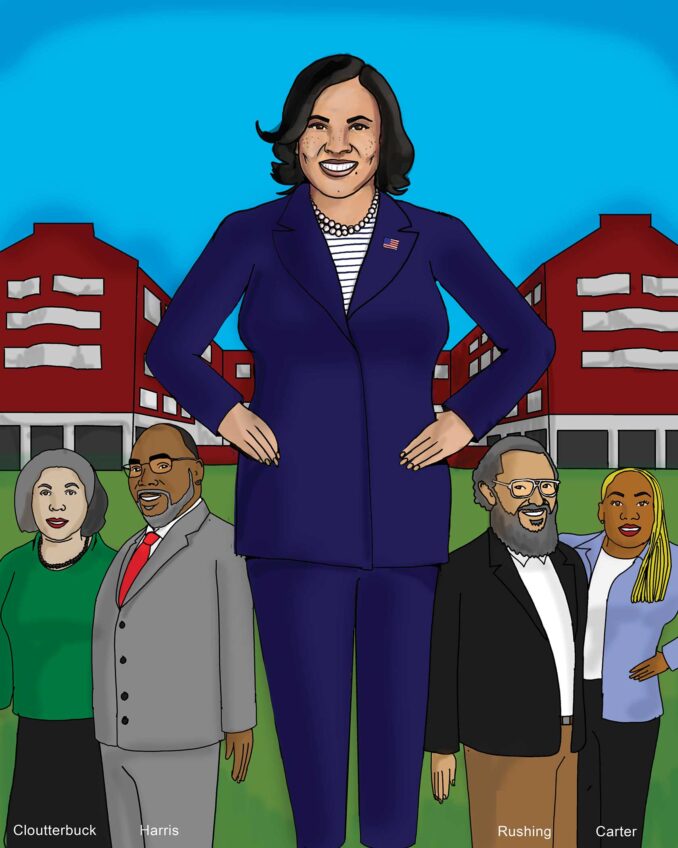
Black businesses needed to close wealth gap
| News Item: In 1989, the U.S. Supreme Court held that minority set-asides in government contracting was unconstitutional. |
Public policy has perpetually been focused on the problems of poverty in America. Even so, despite an awareness that poverty persists, the growth of greater affluence among some African Americans has generated considerable optimism among liberals about increased opportunity. However, last month’s report on the growing racial wealth gap has been very disturbing.
A study by the Institute on Assets and Social Policy (IASP) at Brandeis University reported that the difference in the accumulated wealth of white families and black families has actually grown between 1984 and 2007. The wealth gap has increased in those 23 years from $20,000 to $95,000, a difference of $75,000. The study did not include in the analysis the asset value of homes.
The exclusion of personal real estate is an advisable approach to prevent the distortion of the data. The real concern of the study is the value of savings and liquid investment assets. Nonetheless, the value of real estate is too significant an element of personal net worth to be completely ignored.
An estimated 67.8 percent of all housing units in the United States were owner occupied in 2008. While 75.8 percent of whites owned their own homes in 2005, this was true of only 48.2 percent of blacks. The financial advantage of home ownership is well understood. Once the mortgage has been fully paid, the owner has an asset whose value may be even higher than the price paid when he or she bought the property. On the other hand, after years of paying rent, the renter owns nothing.
In addition to creating asset value, the homeowner can build wealth by deducting from his or her income, for tax purposes, both the mortgage interest and the real estate taxes paid. And if it is a multi-family house, the owner can generate rental income and deduct from that revenue an annual charge for depreciation and maintenance expenses.
As public officials consider strategies to close the racial wealth gap, entrepreneurship in real estate development as well as home ownership will have to be included as important factors. The primary elements of a wealth enhancing policy, in addition to steady employment, are: thrift and investment, home ownership and entrepreneurship.
Minority business set-asides were once significant sources of government contracts until the U.S. Supreme Court curtailed their use in a series of cases beginning with City of Richmond v. J. A. Croson Co. in 1989. Even though the black population of Richmond was more than 50 percent black and few city contracts had ever been awarded to black businesses, the court found that this was insufficient evidence of racial discrimination. A 30 percent set-aside was held to be unconstitutional. The court ruled that Richmond “failed to demonstrate a compelling interest in apportioning public contracting opportunities on the basis of race.”
Boston and other cities have aggravated the problem created by the loss of set-asides by selecting non-profit development companies for real estate projects. This eliminates the opportunities for minority entrepreneurs to develop wealth. Some of these projects also require that units for low-income residents retain that status for an extended period, if not forever. A preferable policy is to enable low-income tenants to eventually become the owners of their units. That increases wealth and is better than having a neighborhood of transients.
The adversity suffered by the poor compels those in authority with any humanity to be concerned. It is much easier to be complacent when the issue is diminished wealth. The importance of wealthy members of the community is not always understood. The IASP report points out that “without wealth, families and communities cannot become and remain economically secure.”






